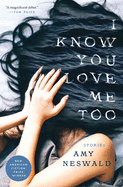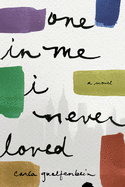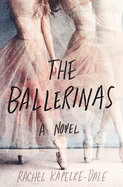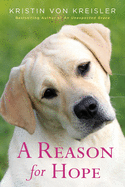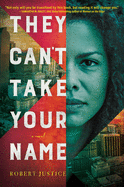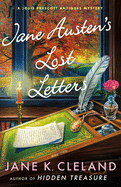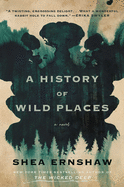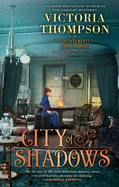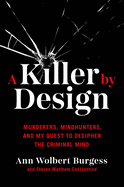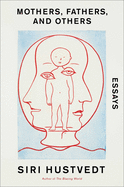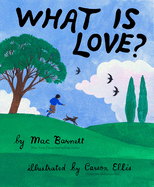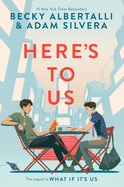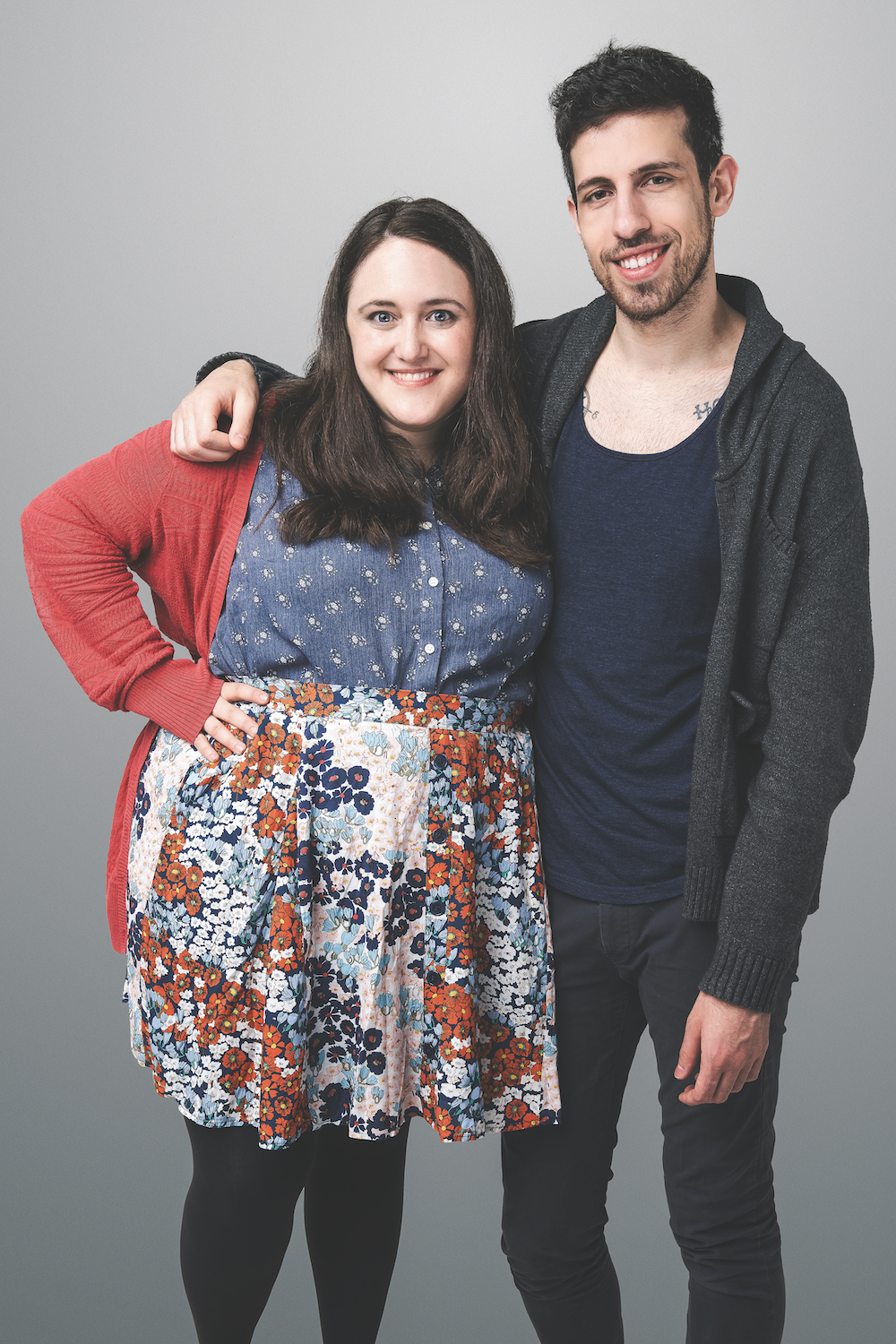 |
| Becky Albertalli and Adam Silvera |
YA authors Becky Albertalli and Adam Silvera both sold their debut novels, Simon vs. the Homo Sapiens Agenda and More Happy than Not, within days of each other. They read--and obsessed over--each other's books, started e-mailing and, the idea for their first collaboration, What If It's Us, was born. The two authors are both Lambda Literary Award nominees. Albertalli lives in Georgia and Silvera lives in California. Here, they discuss Here's to Us (reviewed in this issue), their follow-up to What If It's Us.
Becky Albertalli: Talking about Here's to Us as an actual book is surreal!
Adam Silvera: For real. It feels like this book was both forever in the making and took forever to write. It's also a sequel that would've never happened had we published our original ending for What If It's Us, which was a lot neater. I love our published ending even more, and I'm grateful for the doors it left open to continue Arthur and Ben's story. Before we jump ahead, should we quickly recap What If It's Us?
Albertalli: Okay! I'll start with a spoiler warning for What If It's Us. You may want to skip this whole interview if you haven't read it yet, but definitely skip this question.
So, the main narrative of What If It's Us ends with Arthur and Ben amicably breaking up due to Arthur's return home to Georgia. But there's also an epilogue which gives a few snapshots of the boys during the first semester of their freshman year of college. Despite the distance, they've remained close friends. Ben's been single throughout this entire time period--he needed to take some time to focus on himself. Arthur has casually kissed a few guys--including Mikey, who seems like he's becoming more of a regular presence. But Arthur's lingering feelings for Ben have kept him from fully committing.
Which brings us to Here's to Us.
Silvera: In the sequel, Arthur and Ben are a little bit older, a little bit wiser and a little bit seeing other people. Maybe a lot bit for Arthur, who is full-on dating Mikey from the What If It's Us epilogue, and they're very cute and compatible in a lot of ways. Then we have Ben who is sort-of, kind-of dating this boy Mario from his creative writing class, and eagle-eyed readers will see Mario's existence hinted at in the epilogue, too. I loved writing Mario so much and I absolutely understand why Ben is so attracted to him, though I feel like I got pulled off course from the main love story as I leaned into this new romance. How did you find this experience?
Albertalli: Developing Mikey's character was really challenging too. From the beginning, we both thought it was important to lean into letting the boys truly explore these new relationships. Mikey and Mario had to make sense. As you said, we had to fall in love with them a little bit ourselves. But at the same time, we knew which love story we wanted at the heart of this book. And, of course, we're very aware that our readers have opinions about this, too. One of my favorite memories from this year is when Adam and I did an event together promoting Infinity Reaper. It was the first time we'd ever mentioned Mario, and the Zoom chat exploded with the most hilariously brutal anti-Mario memes imaginable.
Silvera: It was so hilariously brutal!
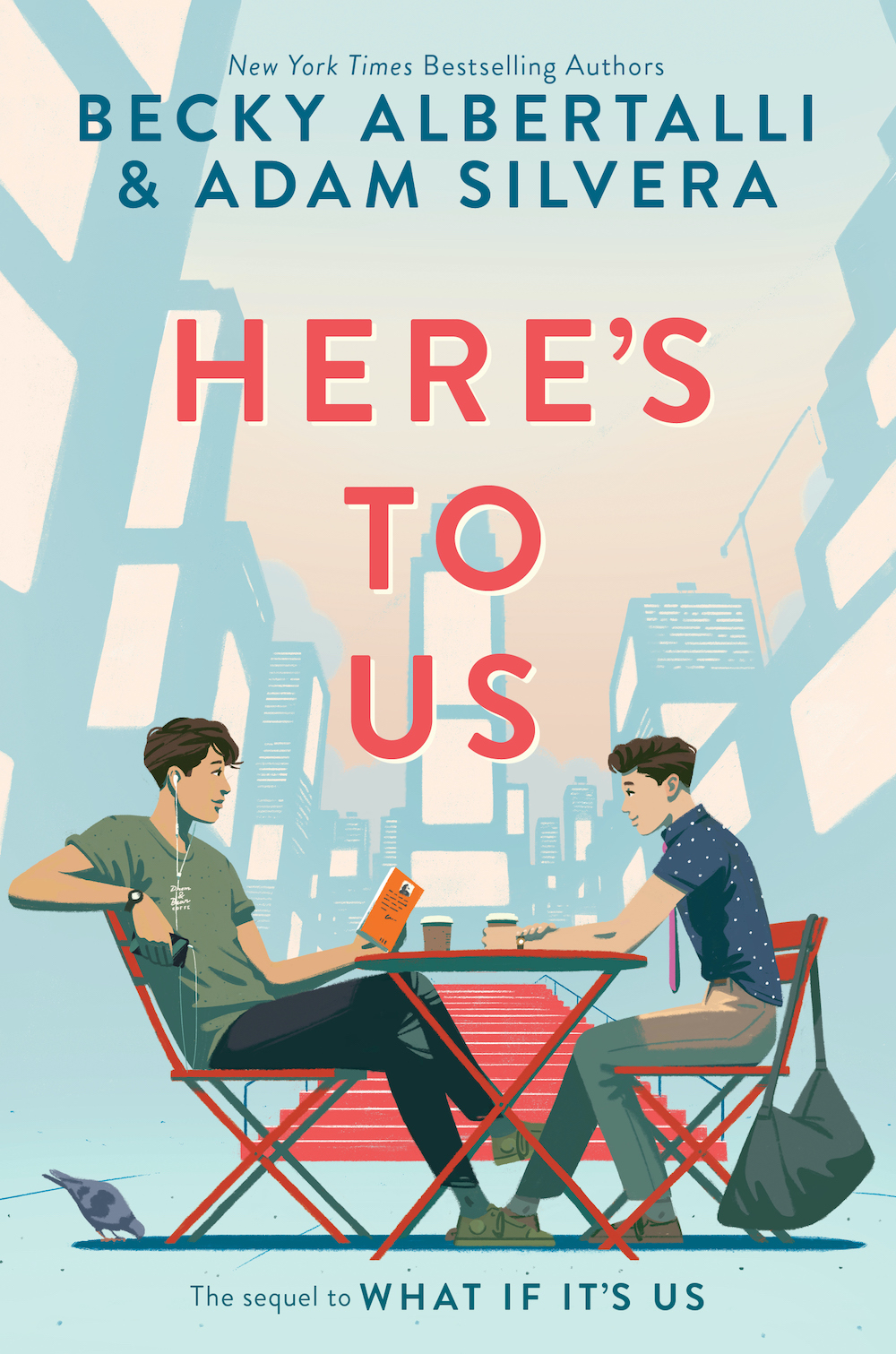 Albertalli: We had to debrief with each other afterward, because we legitimately couldn't stop laughing. We have the best readers on earth, hands down--but I'm curious to know if you felt any pressure knowing how invested people are in that elusive Arthur-and-Ben endgame?
Albertalli: We had to debrief with each other afterward, because we legitimately couldn't stop laughing. We have the best readers on earth, hands down--but I'm curious to know if you felt any pressure knowing how invested people are in that elusive Arthur-and-Ben endgame?
Silvera: It's been clear for years that readers love Arthur and Ben and were either frustrated with us as the authors for not delivering the happy ending they envisioned, or they appreciated the realism behind the ending, maybe even imagining the boys reuniting down the line when they were older. I loved being able to continue this story. It's deeply realistic, highly romantic and feels true to the question we've raised all along: Is the universe pushing Arthur and Ben together, or pulling them apart for different partners? Did anything surprise you about how the story played out?
Albertalli: It did! I think the thing that surprised me the most, actually, was how much I ended up adoring Mikey--and even Mario (Arthur's competition!). Which, as I mentioned earlier, was intentional--I just didn't expect to shed literal tears over them! What about you? Any surprises?
Silvera: I can't say too much, but this sequel was originally framed around a storyline that was front and center from the first chapter, and when working with our editor we decided to play it down a bit. It was a tough shift, but I'm surprised at how well it worked.
Albertalli: That was one of the puzzle pieces I enjoyed the most, too. It was a brilliant editorial note--we leaned all the way into it, and it really affected the momentum of the entire book.
Silvera: How do you feel about where we ended the story?
Albertalli: I love where we ended it. To be honest, we've had the basic events of the epilogue locked in for years. People always assume Adam and I have very different visions for the ending which makes total sense, given our [previous titles]. But we were on the exact same page for both endings. We really can't wait for readers to reach the Here's to Us epilogue.
Silvera: No spoilers, but what are you most excited for readers to discover?
Albertalli: I think I'm most excited to see if people pick up on all the callbacks to What If It's Us--practically every scene functions as a kind of do-over, which feels exactly right for this series. What about you?
Silvera: I can't wait until readers see where all their favorite characters end up. I'm super biased, but the Here's to Us epilogue is my favorite epilogue.
Becky Albertalli and Adam Silvera: From Mutual Fans to Co-Authors
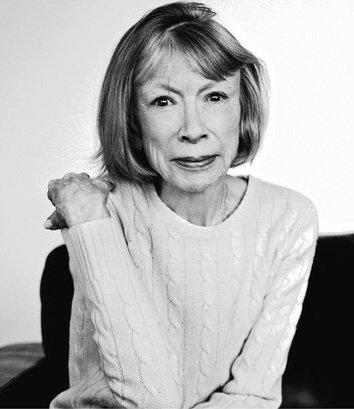




 Albertalli: We had to debrief with each other afterward, because we legitimately couldn't stop laughing. We have the best readers on earth, hands down--but I'm curious to know if you felt any pressure knowing how invested people are in that elusive Arthur-and-Ben endgame?
Albertalli: We had to debrief with each other afterward, because we legitimately couldn't stop laughing. We have the best readers on earth, hands down--but I'm curious to know if you felt any pressure knowing how invested people are in that elusive Arthur-and-Ben endgame?